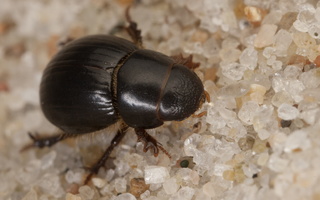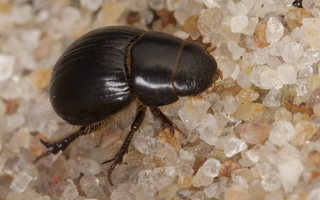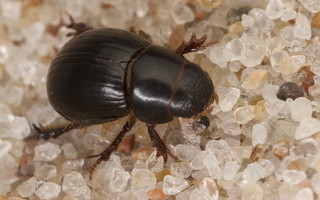- sort orderDefault
Photo title, A → Z
Photo title, Z → A
✔ Date created, new → old
Date created, old → new
Date posted, new → old
Date posted, old → new
Visits, high → low
Random - Google Map
- map
 home / Insecta · vabzdžiai / Coleoptera · vabalai / Aegialiidae · kopiniai mėšlavabaliai / Aegialia arenaria · kopinis mėšlavabalis
home / Insecta · vabzdžiai / Coleoptera · vabalai / Aegialiidae · kopiniai mėšlavabaliai / Aegialia arenaria · kopinis mėšlavabalis

-
 Aegialia arenaria · kopinis mėšlavabalis
Aegialia arenaria · kopinis mėšlavabalis
-
 Aegialia arenaria · kopinis mėšlavabalis
Aegialia arenaria · kopinis mėšlavabalis
-
 Aegialia arenaria · kopinis mėšlavabalis
Aegialia arenaria · kopinis mėšlavabalis
Aegialia arenaria · kopinis mėšlavabalis
- dune scarab beetle
- Bred klittorbist
- Pulskasantiainen
- kopinis mėšlavabalis
- Kuststrandkrypare
A locally common species occurring on sandy coasts from Portugal north to southern Fennoscandia and the UK, it is largely absent from the Mediterranean area but occurs sporadically on the Adriatic coast, and it is now established in a few north-eastern coastal localities in the United States and southeast Canada following introductions in the early twentieth century. Adults are active from April until July or August and specimens occasionally survive much later, even into October, they occur in the surface layers of dry, fine-grained sand on sparsely-vegetated dunes and beaches where they feed on organic debris although during warm sunny weather they are also active in numbers on the surface and might be found under stones, decaying wood or excrement.
4.5-6.0mm. Generally entirely shiny black although teneral specimens are pale brown and mature specimens may be dark brown, ventral surface black with the prosternum and mesosternum brown, legs variously reddish-brown. Body elongate-oval, strongly convex and widest behind the middle of the elytra, the lateral margins of the head, pronotum and elytra with dense long and pale setae which are usually visible from above. Head more or less smoothly rounded in outline from above, the base smooth, otherwise strongly rugose, gena not or only weakly produced laterally, apical margin of clypeus widely emarginate. Pronotum strongly transverse, broadest in front of widely rounded posterior angles and rounded to produced anterior angles, basal margin obliquely produced backwards and smooth; without a raised border. Pronotal surface smoothly convex and alutaceous, becoming smooth towards the base, very finely punctured and often with a shallow impression either side of the disc. Elytra slightly elongate and strongly rounded, usually entirely dark but sometimes with the sutural area a little paler than the surrounding cuticle; each with eight well-impressed and punctured striae complete to the apical area and distinctly convex and impunctate interstices. Anterior tibiae with three large external teeth and a small apical spur, middle and hind tibiae long and gradually broadened to truncate apices, each with several incomplete transverse carina. Terminal spurs of middle tibiae long, slender and unequal, the longest about the length of the three basal tarsomeres, hind tibial spurs long and broad, blade-like and about the length of the two basal tarsomeres.